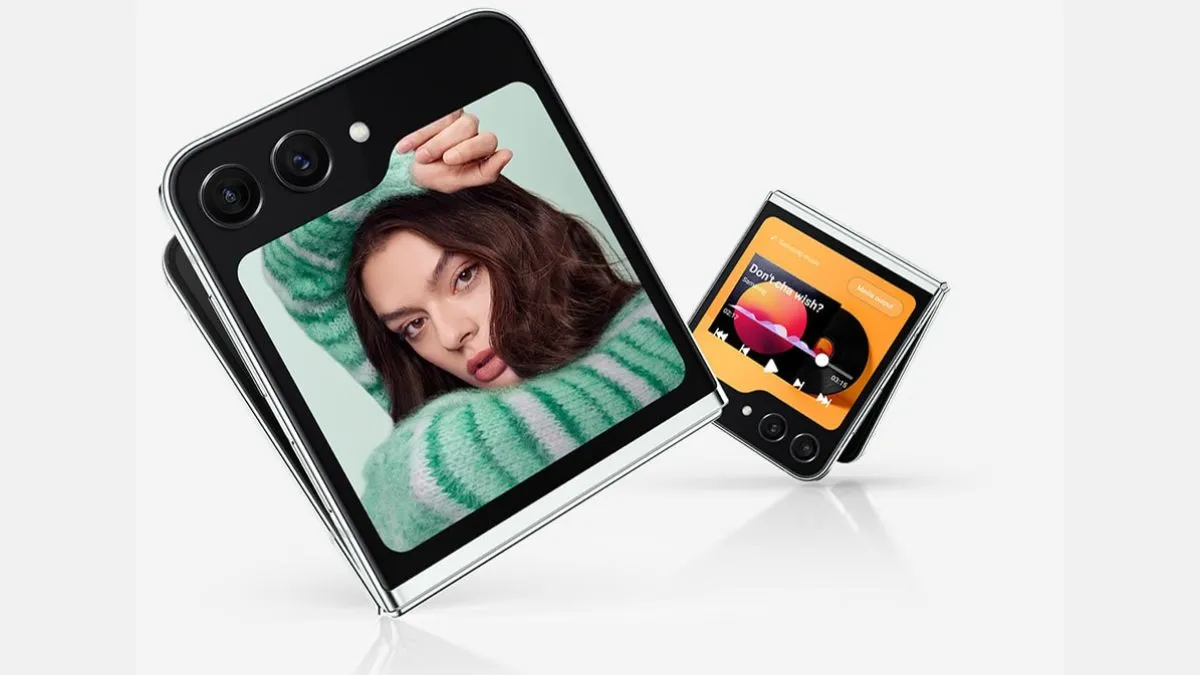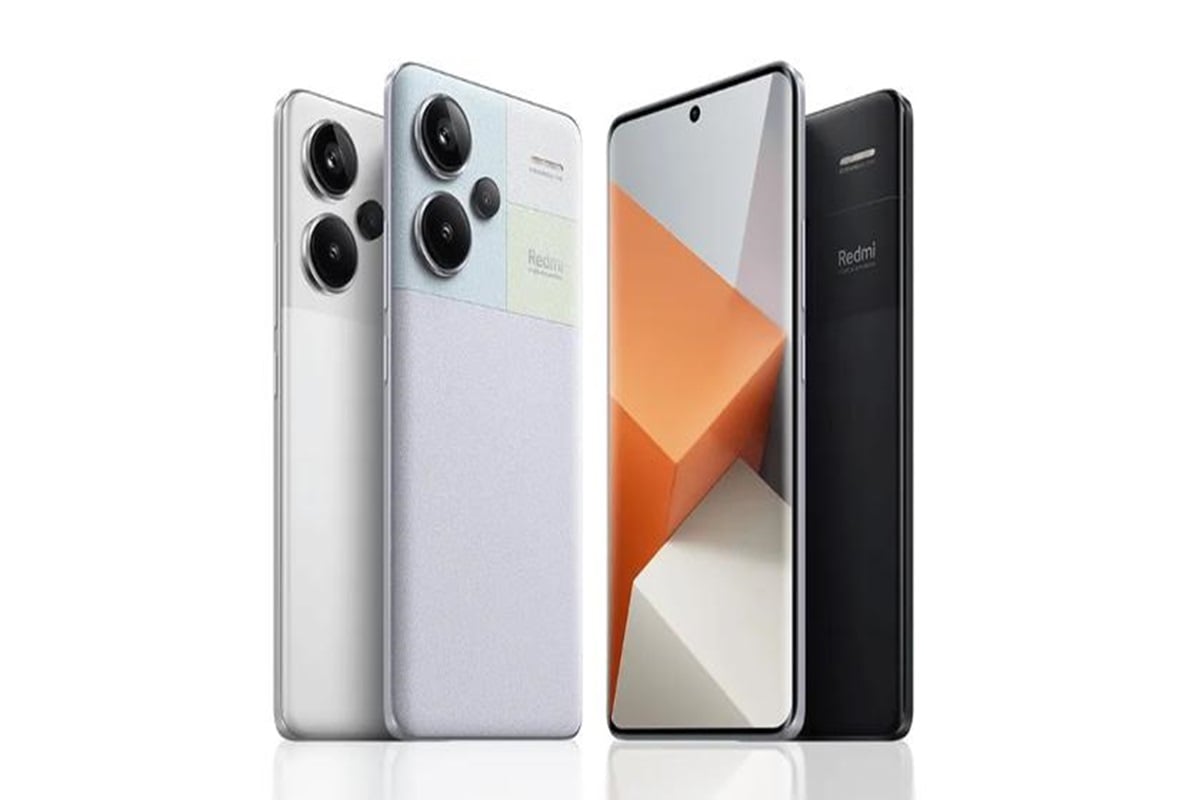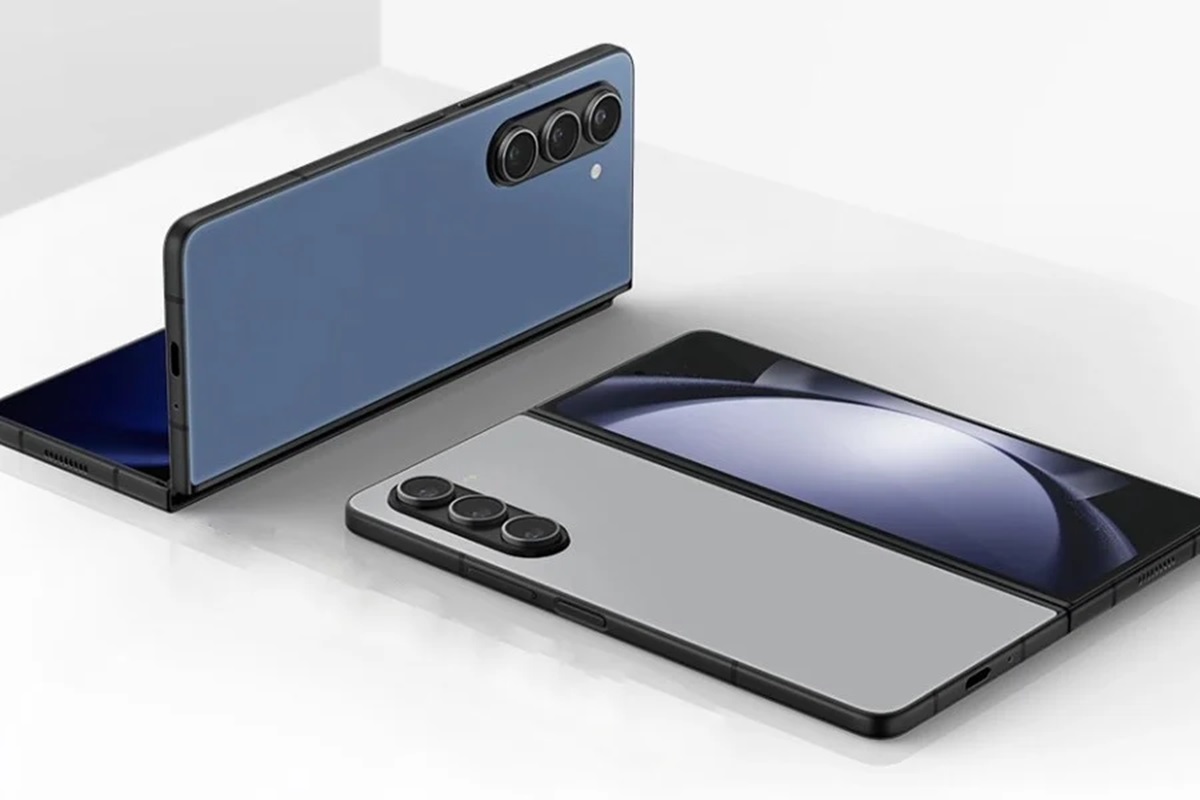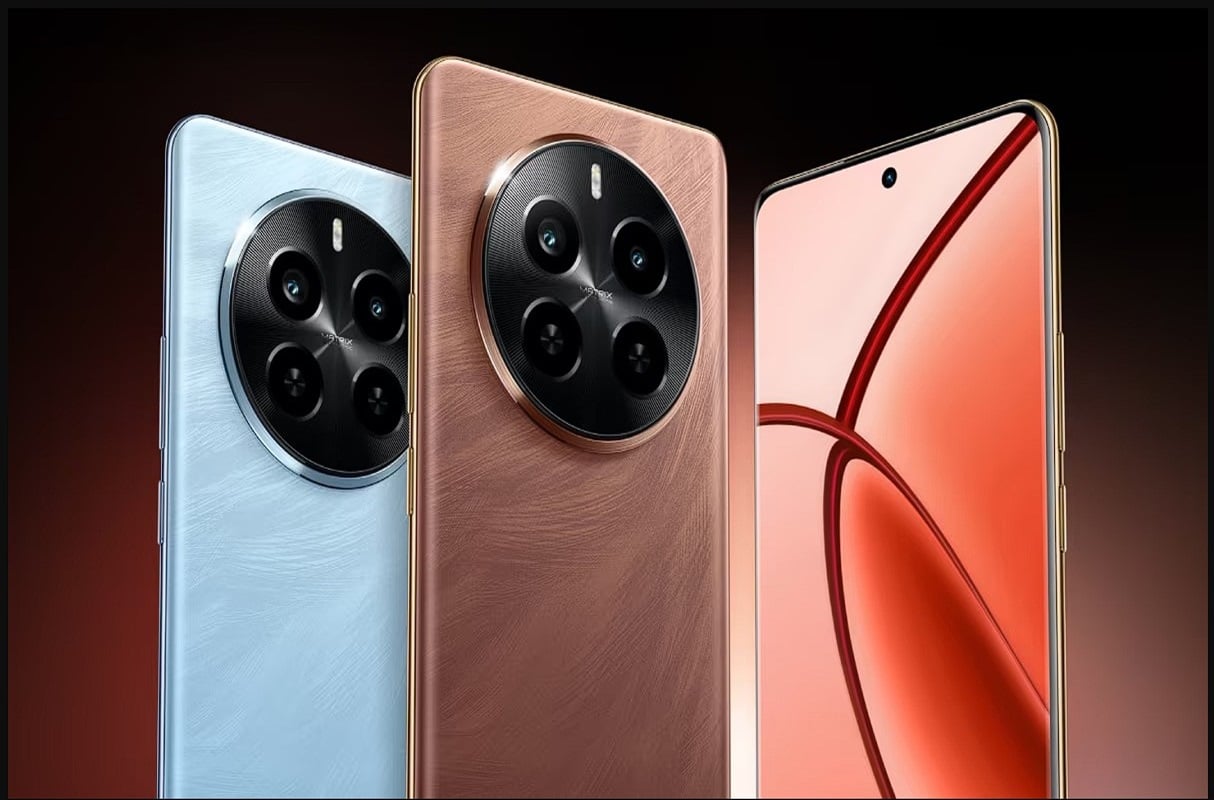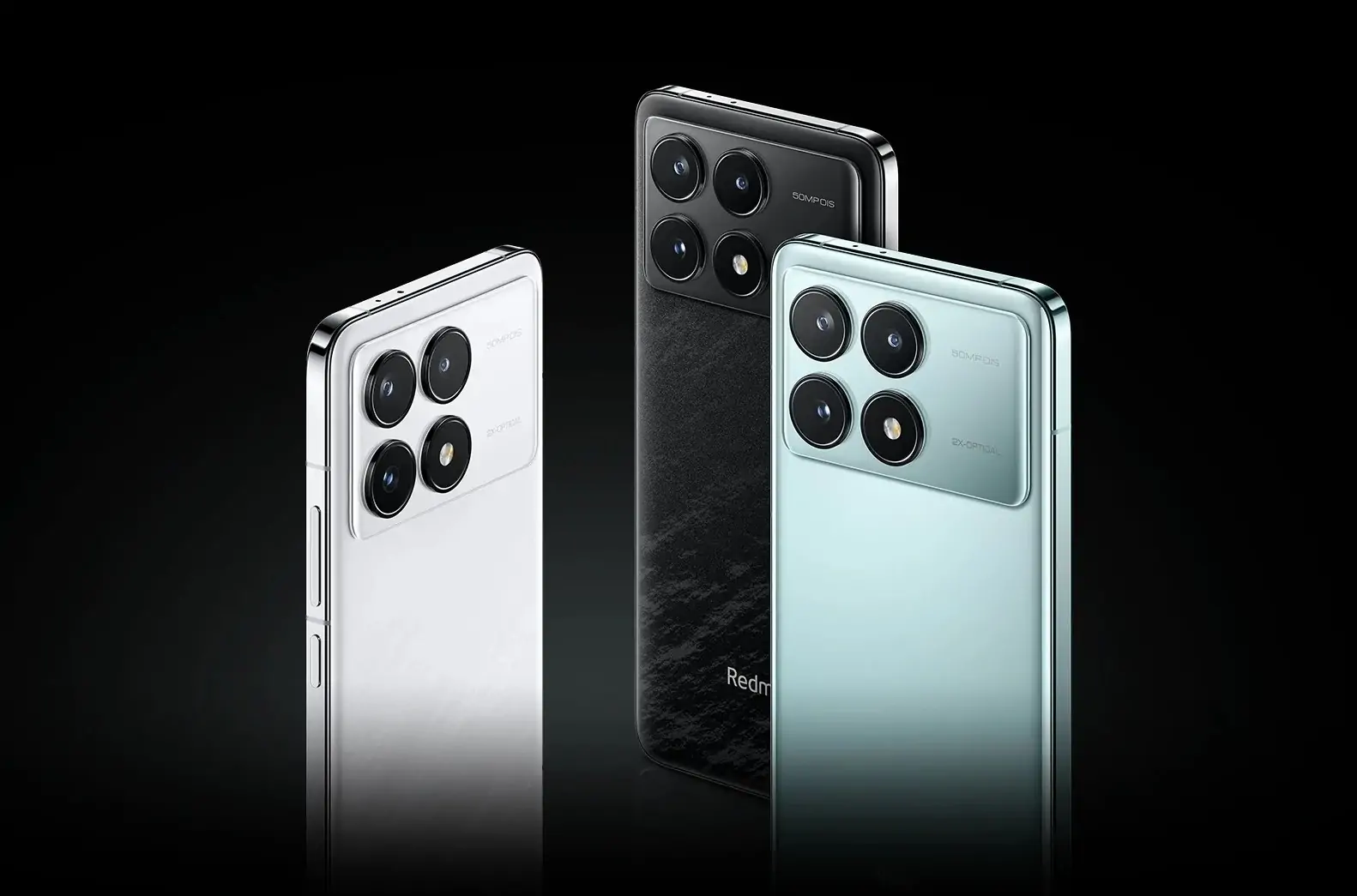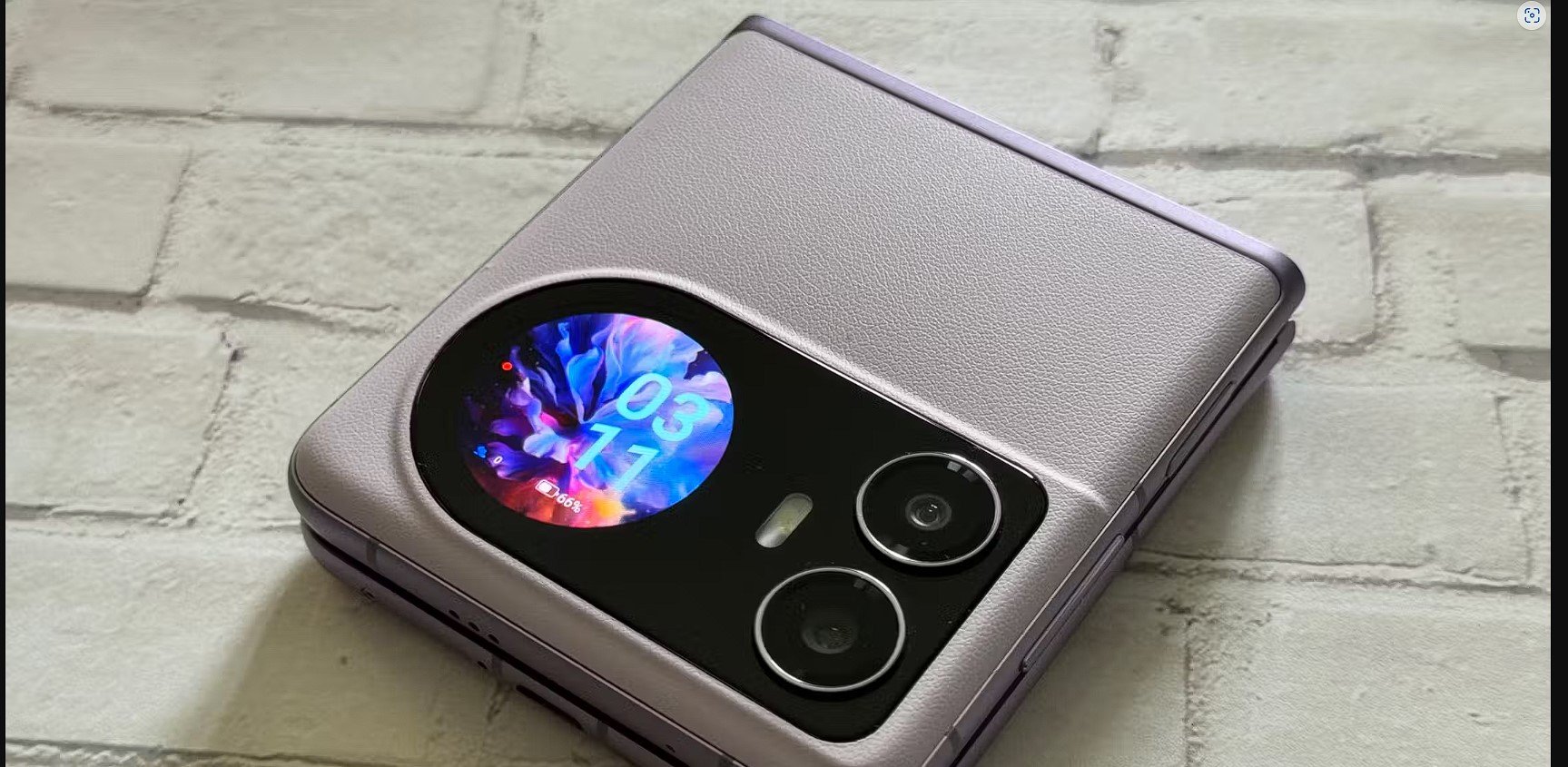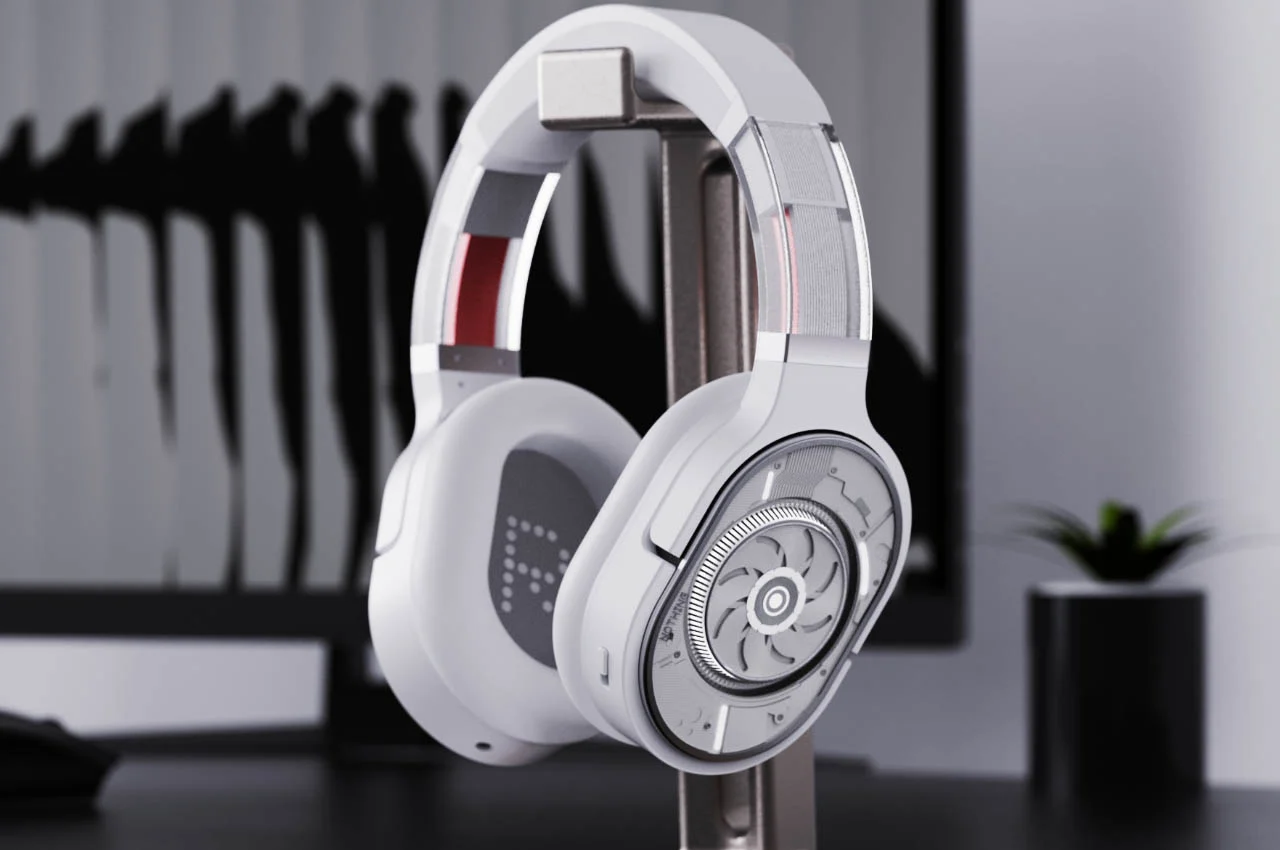As the foldable smartphone market continues to evolve, Google is gearing up to take on the competition with its highly anticipated Pixel 9 Pro Fold. Building upon the success of the Pixel Fold, Google’s first-ever foldable device unveiled in May 2023, the Pixel 9 Pro Fold is poised to offer a range of upgrades and improvements that will redefine the user experience in the foldable segment.
![]()
One of the most notable advancements in the Pixel 9 Pro Fold is the enhanced split-screen mode, which will allow users to arrange apps on the left and right side of the inner display while the phone is in portrait mode. This feature, which is reportedly based on changes made in the Android 14 QPR2 code, represents a significant improvement over the current implementation, where apps can only be arranged vertically on top of one another.
In addition to the split-screen mode enhancement, the Pixel 9 Pro Fold is also expected to feature upgraded display resolutions. The inner display is rumored to sport a resolution of 2,076 x 2,152 pixels, a significant improvement over the 1,840 x 2,208 pixels resolution of the current Pixel Fold. This upgrade will ensure a more immersive and visually stunning experience for users.
The size of the displays is another area where the Pixel 9 Pro Fold aims to surpass its predecessor. Reports suggest that the new foldable will feature an 8.02-inch main display and a 6.29-inch cover screen, significantly larger than the 7.6-inch inner display and 5.8-inch outer screen of the Pixel Fold. This increase in screen real estate will provide users with more space for multitasking, entertainment, and productivity.
The Pixel 9 Pro Fold is expected to be powered by the Tensor G4 SoC, which has previously been tipped to support emergency satellite connectivity. This advanced chipset will ensure smooth performance and efficient power management, enabling users to make the most of the foldable’s capabilities.

